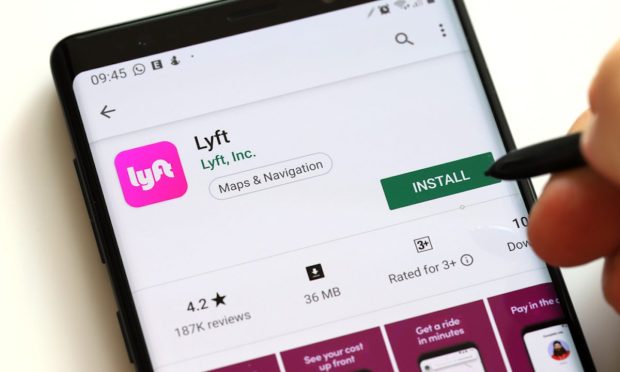Restaurant Platform Olo Launches Lyft Partnership

Olo, an on-demand commerce platform for restaurants, has formed a partnership with Lyft to deliver digital orders.
The partnership will use Olo’s Dispatch service, which lets restaurants fulfill orders generated through their apps and websites via a network of external delivery services, such as Lyft.
“The solution seamlessly selects service providers, including in-house couriers, based on optimal price, timing, availability and other criteria,” Olo said in a news release on Tuesday (Dec. 14). “Olo’s automated matching technology enables restaurants to get food out the door and into the hands of the guest faster and in the most cost-efficient way.”
Olo says its Dispatch lets restaurant brands deploy delivery on a national scale with a service that integrates with its point-of-sale and kitchen production systems, while also bolstering customer relations.
“Direct digital orders continue to make gains in the restaurant industry as brands recognize the need to protect direct relationships with guests, and effective management of these orders is a critical component to success,” said Shalin Sheth, VP and GM of Dispatch for Olo. “The addition of Lyft to the Dispatch network not only expands delivery coverage for our brands, but also drives competitive pricing at the benefit of guests and brands alike.”
Justin Paris, head of Lyft Delivery, noted that while his company is “interested in building consumer-facing marketplaces for groceries or food,” it can add value in delivery for drivers and partners using “Dispatch’s frictionless process and the scaled national network of drivers on Lyft’s platform.”
Read more: Restaurants Must Sharpen Digital Tools to Match Convenience of Delivery Aggregators
In the latest edition of “The Digital Divide: Delivery Service Aggregators and the Digital Shift,” PYMNTS – working with Paytronix – examines how delivery aggregation services affect customer experiences.
PYMNTS’ research shows that 42% of consumers have used at least one aggregator, while another 15% are “multi-platform users” who have used three or more.
Convenience-focused consumers seek out digital-first features at local restaurants, such as mobile devices and QR code menus, while consumers who employ more than one digital platform for food orders prioritize access to time-saving tools, even when eating in person.
